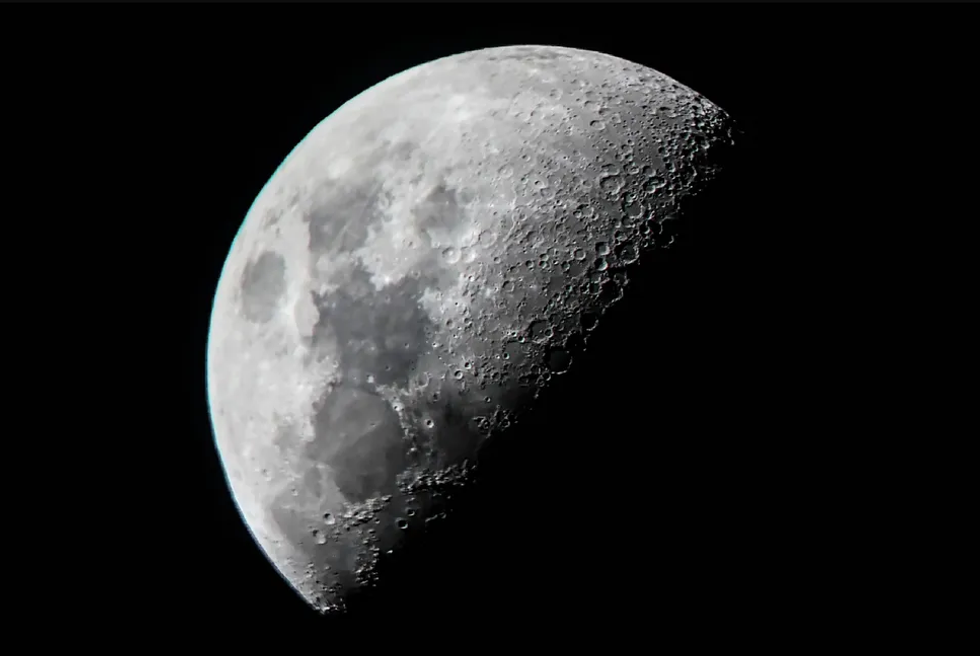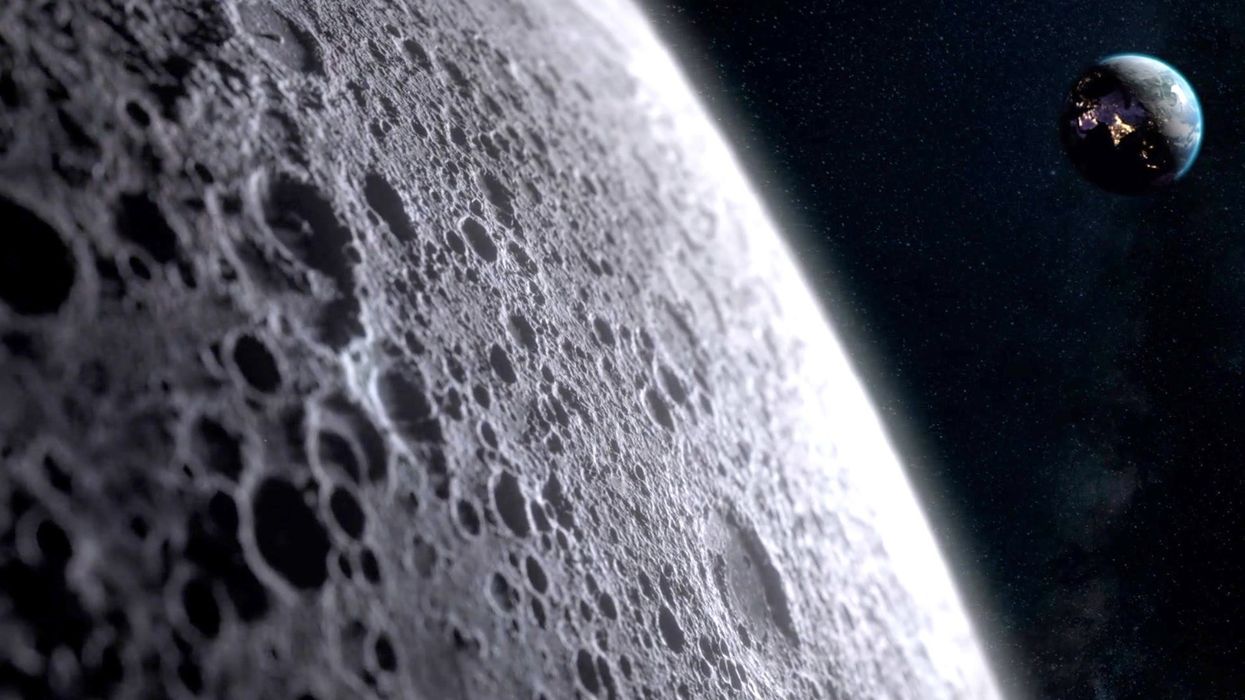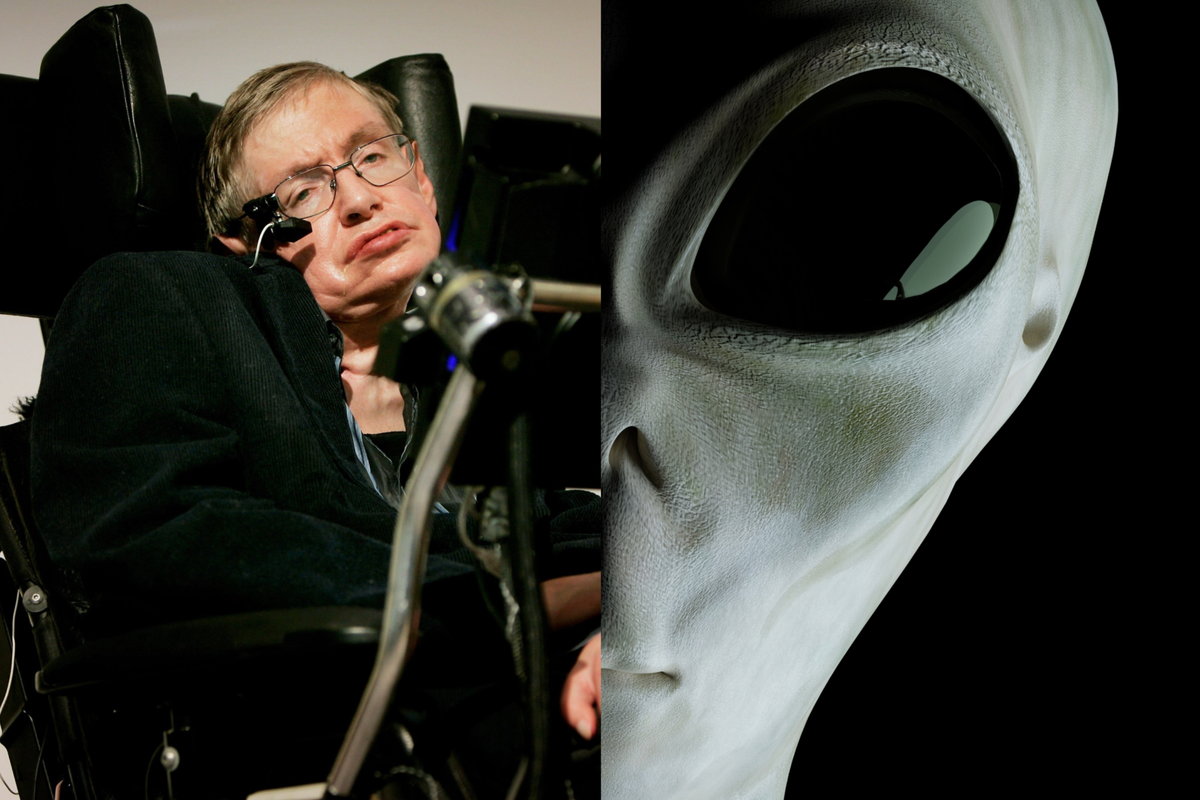Kate Plummer
Oct 13, 2023
NASA Will Put a Radio Telescope On the Moon Alongside Artemis Astronauts …
ZMG - Amaze Lab / VideoElephant
Scientists have come up with a potential solution to deal with dust on the moon which makes conducting research tricky.
Dust erodes space suits, clogs machinery, interferes with scientific instruments and makes moving around on the surface difficult.
But they reckon moon dust could be melted using a giant lens developed by the European Space Agency to create solid roads and landing areas.
Using a fine-grained material called EAC-1A, developed as a substitute for lunar soil, scientists used a 50mm diameter laser beam to heat the dust to about 1,600C and melt it. Then they traced out bendy triangle shapes, which could be interlocked to create solid surfaces across large areas of lunar soil to be used as road.
However it would take about 100 days to create a 10 x 10m landing spot so it is not a quick fix. To make matters worse, the lens needed for the laser to work would be difficult to transport from Earth and could also get dust in it which may reduce its functionality.

“You might think: ‘Streets on the moon, who needs that?’” said Prof Jens Günster, of the Federal Institute of Materials Research and Testing in Berlin and co-author of a report on the possible solution.
“But in fact it’s a kind of depressing demand [even] early on. It’s very loose material, there’s no atmosphere, gravity is weak, so the dust gets everywhere. It contaminates not only your equipment but other nations’. No one would be happy to be covered in dust from another rocket."
Dust has blighted previous missions, such as the Surveyor 3 spacecraft (damaged by dust kicked up by the Apollo 12 landing), and overcoming this challenge is a priority for Nasa, which aims to establish a permanent lunar outpost. Transporting building materials to the moon would be too expensive, so there is a need for unconventional solutions.
“You need to use what’s there and that’s simply loose dust,” said Günster.
The findings are published in the journal Scientific Reports.
Sign up to our free Indy100 weekly newsletter
Have your say in our news democracy. Click the upvote icon at the top of the page to help raise this article through the indy100 rankings.
Top 100
The Conversation (0)













